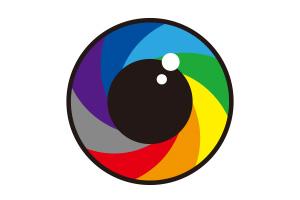Material Information

Weather Resistance
Silicone is an extremely versatile material. It features excellent elastomeric properties at both low and high temperatures. Silicone is highly resistant to oxygen, ozone, UV light, aging, weather, and extreme temperatures. It works in temperatures that range from -50℃ to +200 ℃, and intermittent to +230 ℃.

Human Compatible
In extensive testing, silicone rubbers have exhibited superior compatibility with human tissue and body fluids and an extremely low tissue response when implanted, compared with other elastomers. Odorless and tasteless, silicones do not support bacteria growth and will not stain or corrode other materials. They are often formulated to comply with FDA, ISO, and Tripartite biocompatibility guidelines for medical products.

Elasticity
Silicones cure to form elastomers that are significantly less elastic than standard cured silicone rubber. As a result, they have a strong damping effect on shocks, bumps and unwelcome vibrations.At the same time, they feature all the typical properties of silicones, such as high heat resistance, low-temperature flexibility and aging resistance. Silicone rubber series is ideal for making vibration dampers, especially those needed in automotive technology.

Water Repeling
Chemical Resistance.
Silicone Rubber has much lower surface energy such as Teflon. It means chemical or stain are not easy to react with silicone rubber surface. Silicones resist water and many chemicals, including some acids, oxidizing chemicals, ammonia, and isopropyl alcohol. Concentrated acids, alkalines, and solvents should not be used with silicones.

Softer Touch
Mechanical Properties. Silicone rubbers have high tear (to 250 ppi) and tensile (to 1500 psi) strength, good elongation (to 1250%) and flexibility, low compression set, and a durometer range of 5 to 80 Shore A. The softer forms of silicone have the ability to retain their softness indefinitely, with the softest durometers available in the form of reinforced gels.

Color Diversity
Silicone rubber has a range of no‐solvent pigment pastes, mainly for coloring silicone products. The significant technical and commercial advantages offered by current color pastes:
- Solvent free
- High Chroma and brightness
- Fine dispersion

Transparent Properties
Optically clear silicone materials open exciting new doors for optical product designers. The latest generation of these materials, provides designers with a material that can be used in almost any lighting application. Silicone optics can be thought of as an important enabling technology allowing the successful development of many types of devices. What distinguishes silicone optics from their glass alternatives is the ability to combine optical surfaces with mounting features on an economical basis.